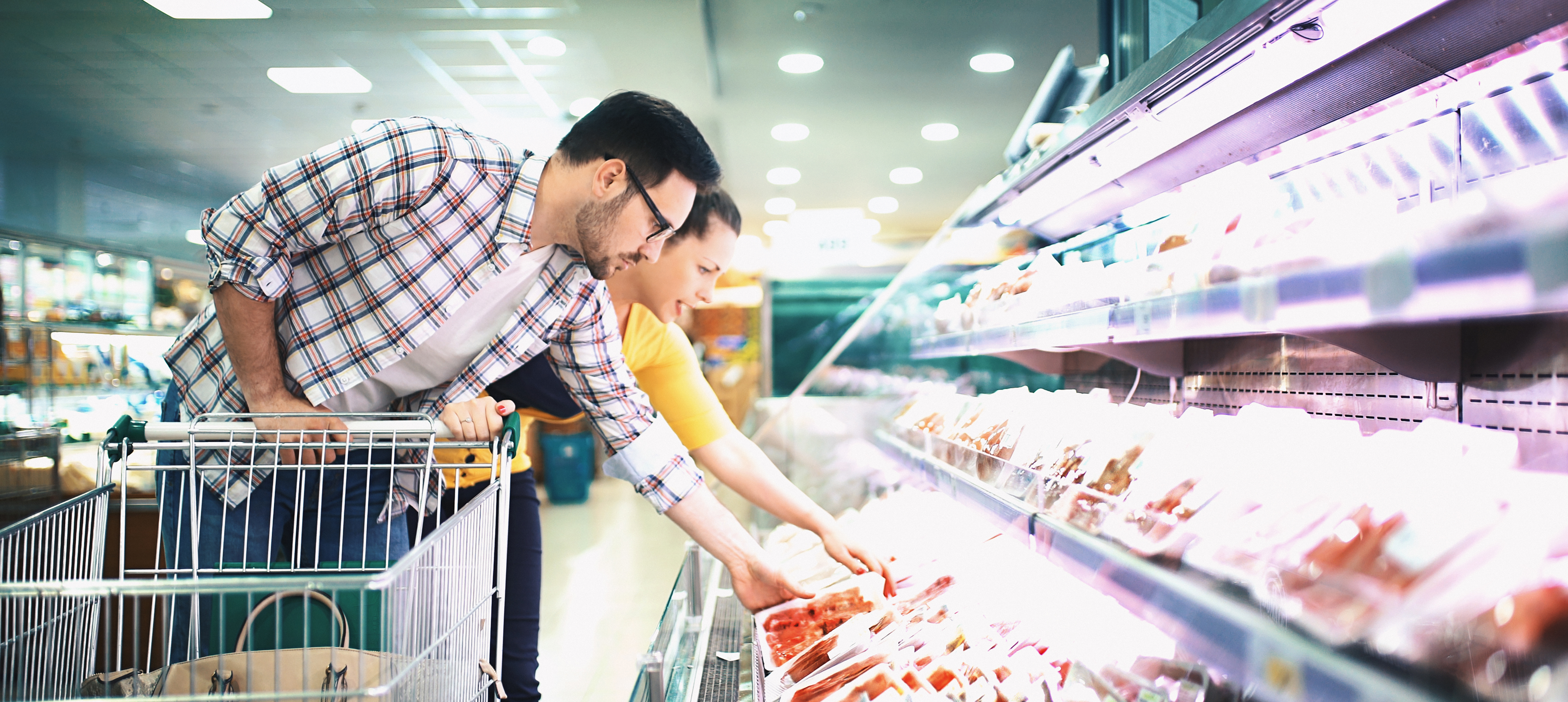Packaging waste: the environmental footprint of the food industry
Among the many threats to the environment, plastic pollution is easily on the podium. This is due to plastic’s manufacturing process, that is, burning fossil fuels, but also largely to plastic being ubiquitous in modern-day products. According to the United States Environmental Protection Agency (EPA), 5.3 percent of municipal solid waste comes from plastic containers and packaging, most of which is dumped in the landfill or in the sea. About 79% of all the plastic waste produced since the 1950s - approximately 6.3 billion tonnes - has neither been recycled nor incinerated. We have come to a point that a plastic island three times the size of France is floating in the Pacific Ocean and another one is growing in the North Atlantic.By 2050, the world’s oceans will contain more plastic waste than fish.
Plastic, mistaken for food by marine life or turned into micro-plastics due to exposure to salt water and ultraviolet light, finds its way into the food chain. As a matter of fact, traces of chemicals derived from plastics have been found in 95% of adult Americans We are literally eating plastic!
Food packaging: is the food processing industry doing enough?
Over the last decade, the food industry is taking action against this phenomenon. In 2014, food manufacturers recycled almost 94% of the food waste that they produced. In 2015, they donated over 800 million pounds of food to Feeding America, the largest network of food banks in the US. Yet there’s still plenty of room to improve when it comes to food waste. In Europe alone, 19% of food waste is due to food processing. According to a report by Friends of the Earth and Zero Waste Europe, 40 percent of Europe’s demand for plastic is packaging.
Recycling is not enough. Europe and China recycle plastic food packaging waste at a rate of 30% and 25%; the US is stuck at 9%
Food packaging wastes and environmental impacts
It might be lightweight and incomparably cheap packaging-wise, but for society at large, plastic is a negative externality. It takes 700 years for a single bottle to begin decomposing. And if the Great Pacific Garbage Patch is bewildering, it is nothing compared to the amount of plastic in the soil, which is roughly in a range between four and twenty three times that in the ocean . Plastic is a threat to plants and animals, including humans. Being the most common ingredient in the human diet, it causes severe disruption in fertility, reproduction and sexual maturation as well as many other diseases, including cancer.
But we don't just eat plastic. We also drink plastic. 83% of tap water samples around the water contains plastic fibers . By 2030, annual emission from plastic pollution will grow to 1.34 billion tonnes of greenhouse gas emission. By 2050, plastic pollution could amount to 56 billion tonnes, that is 14 percent of the earth's remaining carbon budget.
The time window is little. According to the latest IPCC report , we have 10 years to curb climate change. Are we doing enough? If we are not, doom will be inevitable.
New solutions to reduce food packaging wastes in the food processing industry
To fight the environmental impact of food packaging waste, Cerulean has launched CelsiusChecker, an industry-ready solution for chilled and frozen products that cuts food waste to zero. In short, CelsiusChecker is a non-contact microwave thermometer to be used in food quality assurance that measures the temperature of the food sample without breaching the packaging.
The non-destructive nature of CelsiusChecker eliminates the need to remove packaging, the use of replacement probes, and has a considerable cost saving element. Sacrificial products may only make up a small percentage of a single production run but over a continuous process annually, the numbers become larger in scale and the cost savings more significant. For example, over the course of one year, a factory operating 24 hours per day, for 300 days and conducting four tests per hour should expect to achieve savings of more than £35,000 annually when switching to Celsius.
See attached document for reference details.


